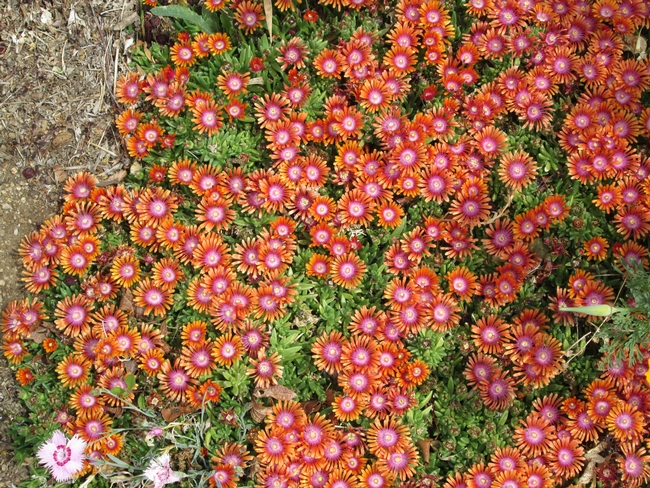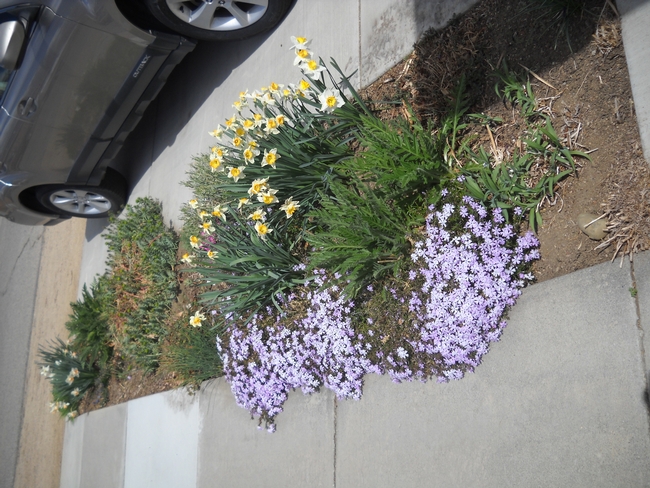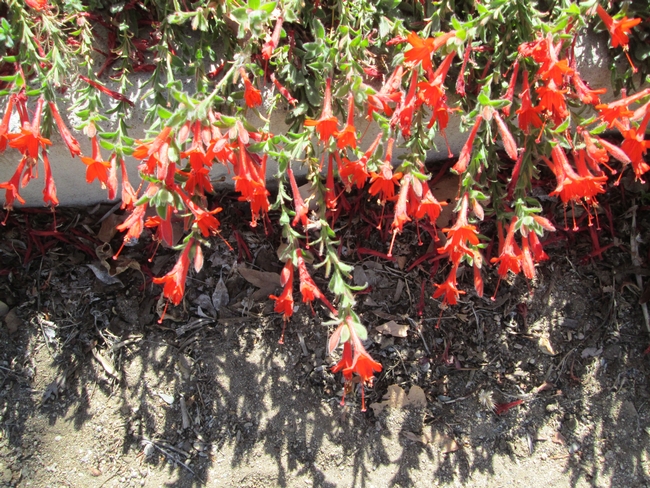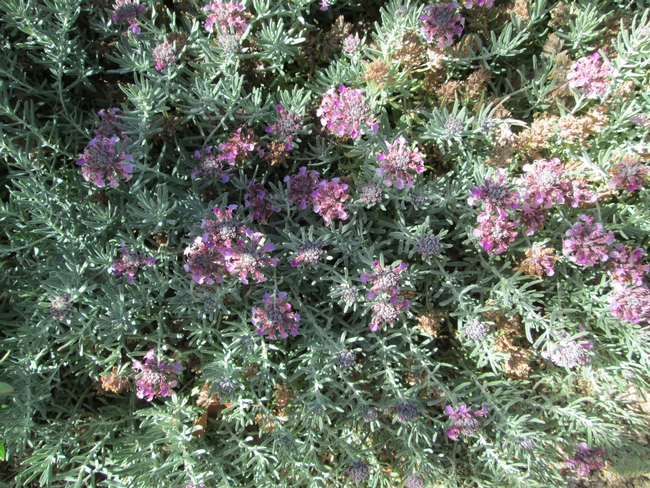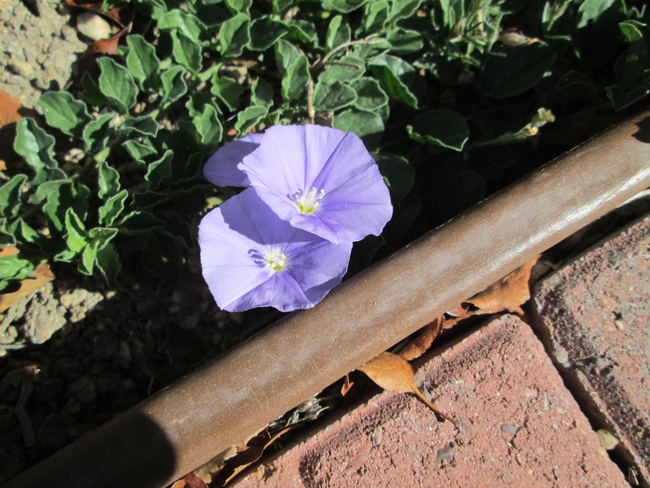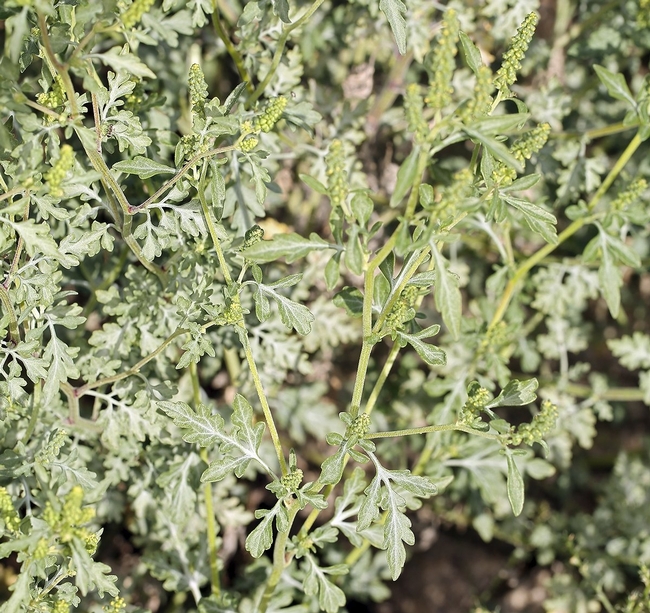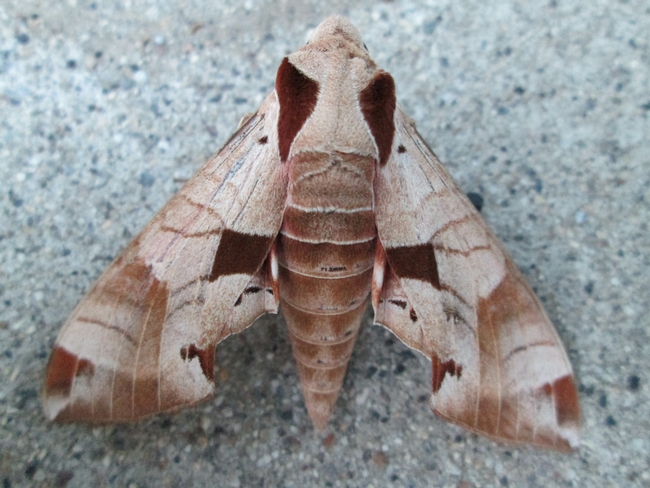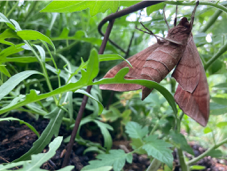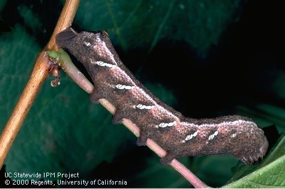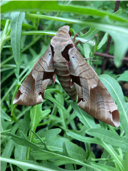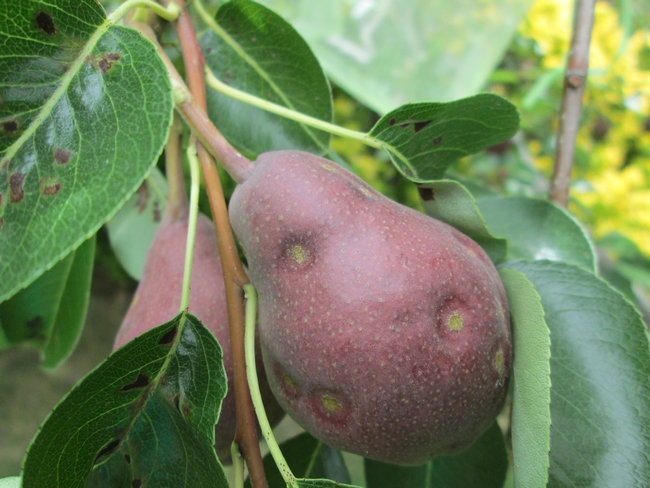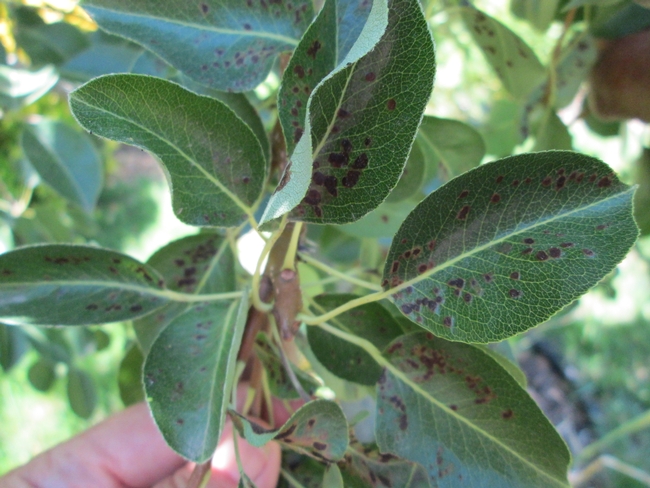When planning a low-water use garden it is sometimes desirable to use low growing plants either as foreground features or to fill spaces between taller plants such as sages, gaura and agastaches. The following five plants have performed well in my garden in the Owens Valley for quite a few years, covering what would otherwise be bald patches and adding extra splashes of color at different seasons. Although none of these perennial plants are true "desert" plants, they can all cope with some drought. These species will certainly need less water than a correspondingly sized lawn.
One of the first to flower is Phlox subulata, the needle-leaved phlox, sometimes referred to as a moss pink, which makes dense mats of green leaves through the summer, goes dormant during the cold weather and then erupts into a brilliant carpet of either pale or dark pink, or lavender blue. A hybrid, 'Candy Stripe,' is more drought tolerant than the species. It grows about 6” tall and up to 2ft wide. It is not a desert plant but seems to cope with less than average water and is happy in a lean soil. The only down side is that it becomes brown and dead looking in the winter.
The Delospermas (shown at the top of the article) are low-growing small leaved succulents which are surprisingly hardy, forming dense mats 1-2” tall and up to 2ft or more wide. The daisy-shaped flowers come in a variety of colors, magenta, purple, salmon and yellow. I grow one called 'Firespinner' which is a striking orange/yellow combination the petals of which glisten in sun. These plants like a regular, moderate supply of water through the summer, giving them just enough to keep them green and healthy looking. My plants were covered in snow for a long time last winter, but were unscathed when the melt exposed them.
For fall color Zauschneria 'Everett's Choice' ( also known as Epilobium, California fuchsia, or hummingbird flower) is hard to beat. This native plant produces a profusion of bright red flowers from late summer well into fall. It grows 2-4” tall but will spread 3-5' wide, and as its common name suggests, it is loved by hummingbirds. It does best with summer water and a little afternoon shade in the hottest areas but is also drought tolerant, hardy and usually trouble free apart from occasional infestations from sphinx moth caterpillars. Other Zauschnerias grow taller and can become rangy without some pruning, but still have the striking tubular flowers.
Teucrium, or germander, comes from the Mediterranean and is at home in poor, rocky soils. T. majoricum is low growing to about 2ft wide, with narrow gray leaves and a steady production of pinkish-purple flowers on the end of its stems. It is easy to grow as long as it is planted in a sunny spot, has free draining soil, and is not over watered
Convolvulus sabatius is a member of the Morning Glory family but is nowhere nearly as invasive as the large flowered varieties. It is a low-growing, spreading plant which is hardy to Zone 8, although my plant came through last winter in spite of being covered with snow for several weeks. It is a little slow to get going in the spring, but then produces a steady stream of flowers until the first frosts. These are violet-blue in color. Unlike some of the previously mentioned plants the stems do not root to spread, but arise from the crown of the plant which makes it easy to control.
These plants aren't the only options available for low-growing color, but they are a good place to start.
(All photos by author.)

